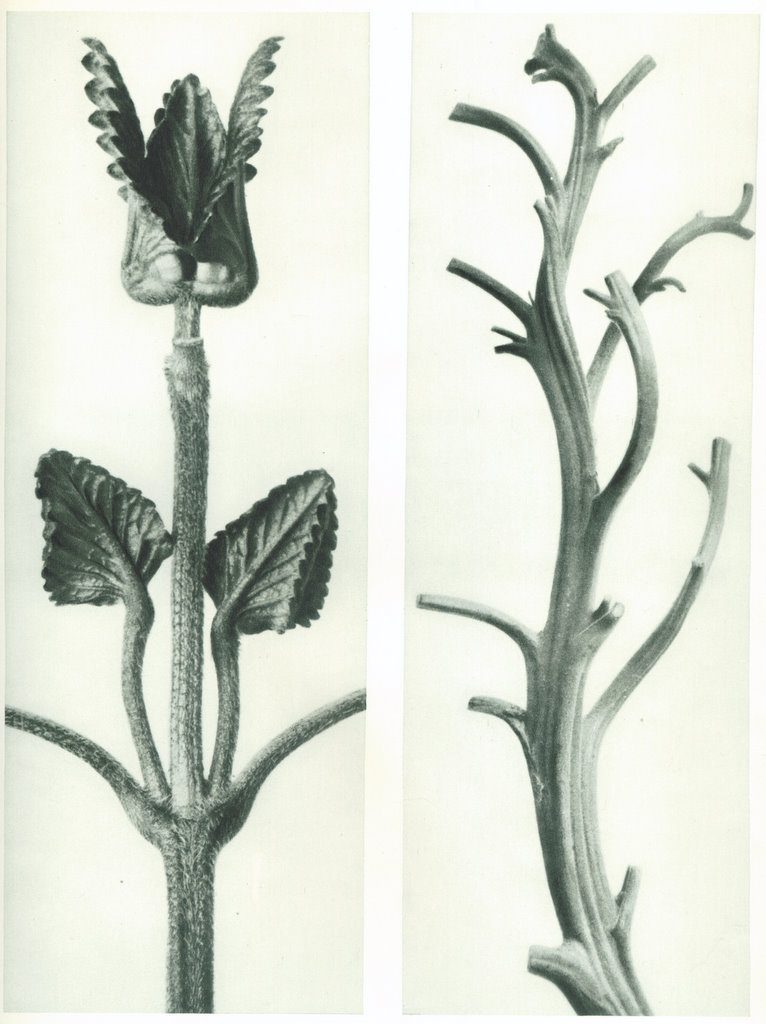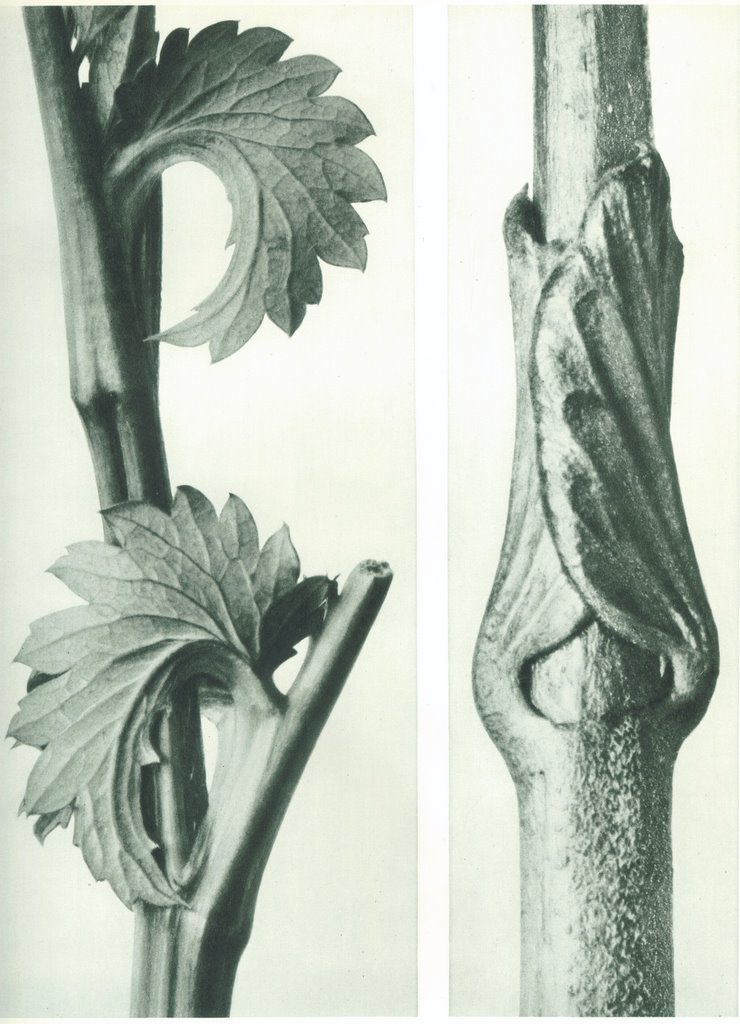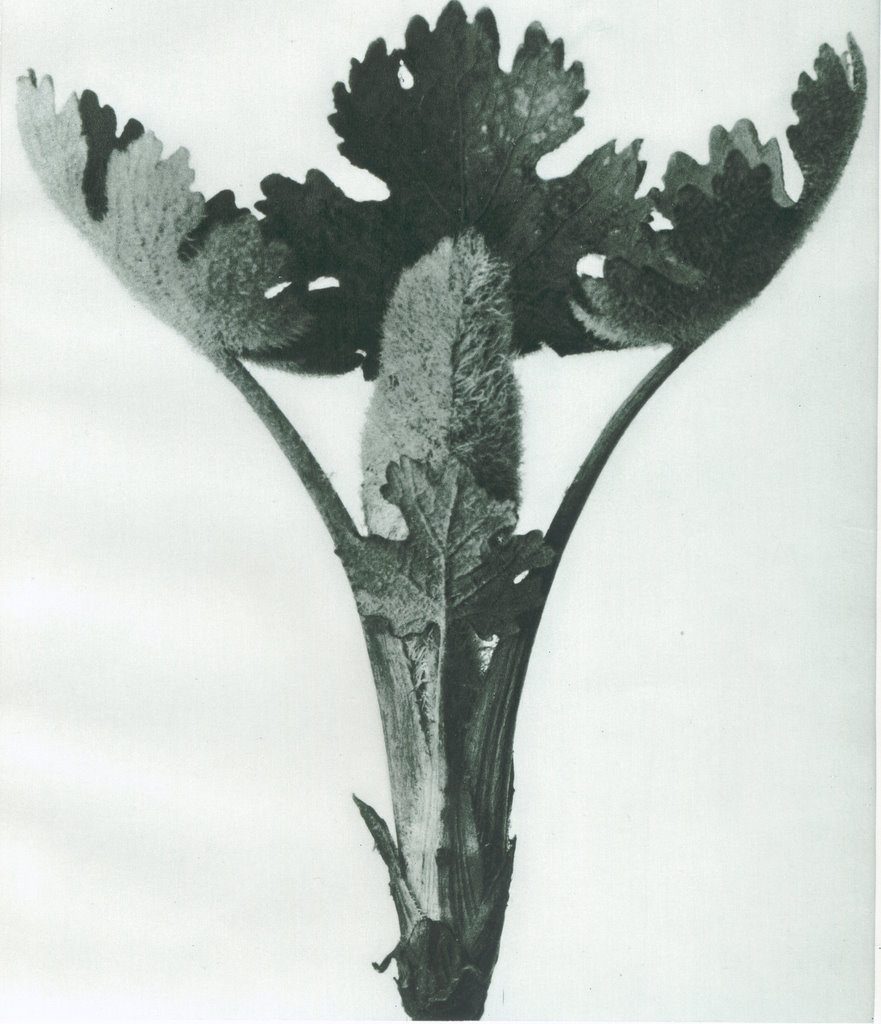I see all the cool 20-somethings running around the interweb these days, posting hipster photos taken on iPhones with the Hipstamatic app. I got a new Android phone recently, a dinc. The camera hardware is good, but the default camera app is pretty terrible. Fortunately, there is one good Android app for artistic photography: Vignette, by neilandtheresa.
The list of effects is large and growing, and they are generally really well-implemented and tasteful. The “normal” effect, which is intended to be film-like, usually produces better results than the default camera: good color balance (with no blue cast like the default often has), stronger contrast, subtle vignetting to emphasize the center of the frame, and nicer grain texture than the harsh pixel noise of the default.
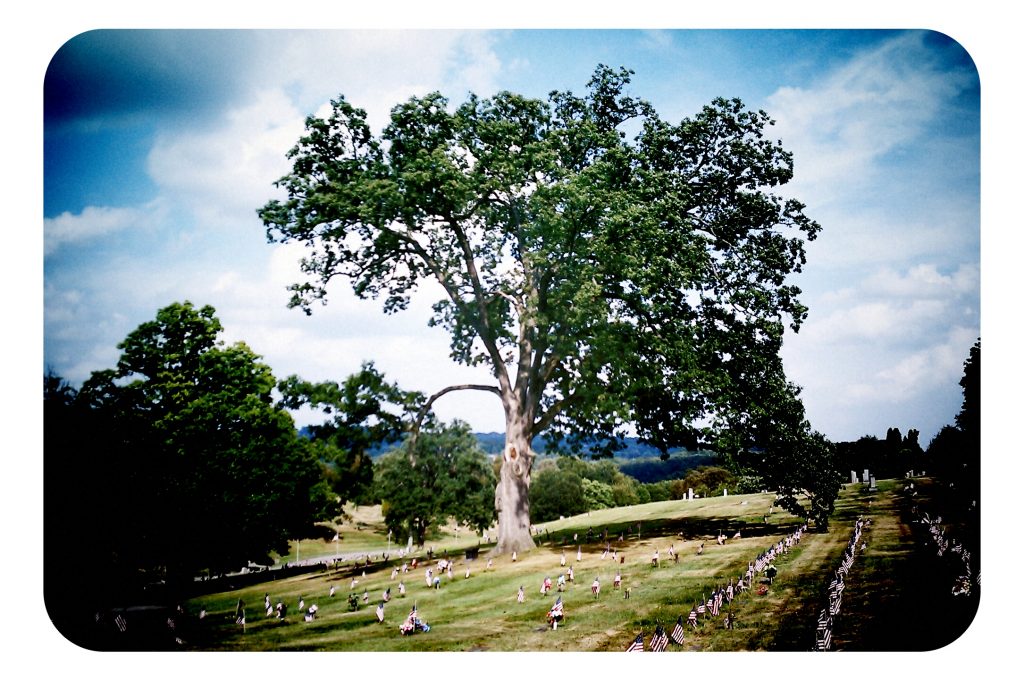
Vignette has a wide assortment of vintage photography effects: strong vignetting, light leaks, cross-processing, several varieties of toy camera effects, faded old photo effects, sepia, platinotype, bleach bypass, overexposure and underexposure (which work nicely in combination to create dramatic contrast) on and on. These kinds of things are often done badly, but Neil and Theresa have done an excellent job with almost every effect. The set of retro color effects is especially good; I’m partial to the “retro cyan” effect, which I use as the baseline for a lot of my favorite effect combinations. (You can save your favorite setting combinations.)

One of the best things about Vignette is that you can change the effects around however you like after you take a picture. You can save a copy with one effect, then change things around or go back to the unaltered photo and save another copy. If you exit the app without saving (even if you kill it), your latest picture will still be there waiting for you when you open it up again. You can also import picture to process with it.
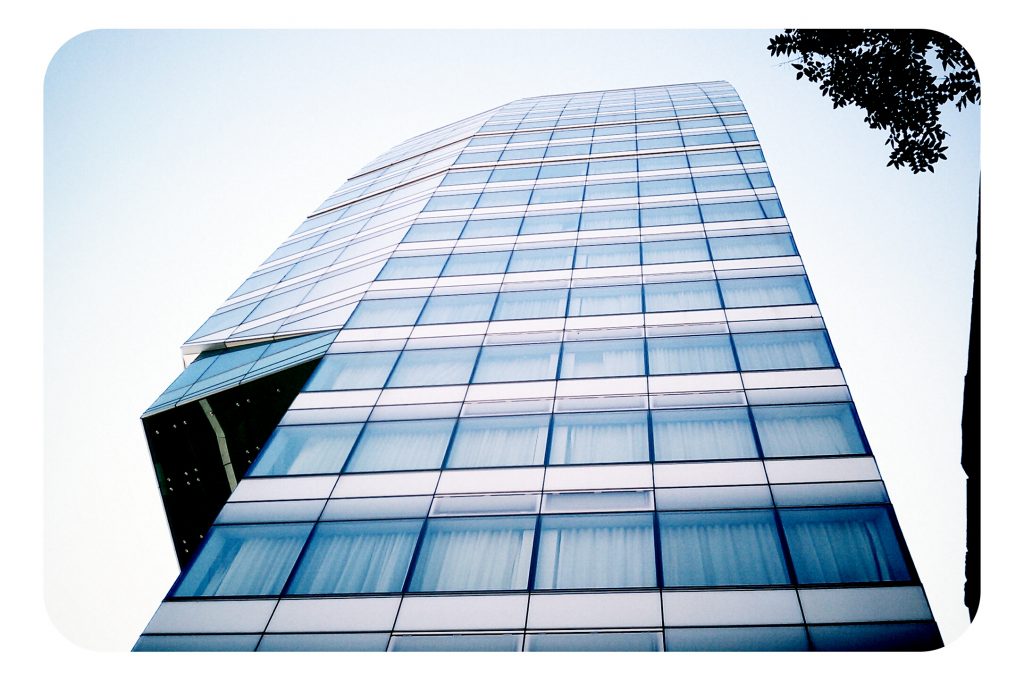
Vignette has improved quite a bit since I bought it, with some new effects and technical options. The developers also respond personally to feature requests and suggestions, and have been quick to fix new bugs. There’s a “Fake HDR” setting that is listed as in development; it doesn’t seem to do anything yet, but I’m looking forward to the Vignette take on HDR.
There a few other things I’d like to see added:
- More frame options that have some character, like some dirty and scratchy instant camera borders
- Randomized effects for scratches and blotches on the photos
- A variety of cross-processing effects with variable intensity. (The main cross-processing effect is pretty heavy-handed for my taste.)
- Composites
- Fish eye
- Photochrom effect
- A better gallery, with the ability to scroll/flick from photo to photo
- Better EXIF data
There are a few other camera apps in this vein, but none are worth using. The free version of Vignette, which is limited to .3 MP images, is the second-best camera app I’ve found next to the full version. I’ve tested the high-rated competitors, Camera ZOOM FX (which I promptly uninstalled for a refund) and the free version of Camera 360. Each of them has a few interesting features that Vignette lacks (e.g., sound-activated shutter), but the quality of the effects just doesn’t hold a candle to Vignette; most of the effects are just cheesy and unattractive. Vignette also has a better interface, although it takes a while to figure out how to access all the different settings.
Check out what I’ve done with it so far on Flickr.
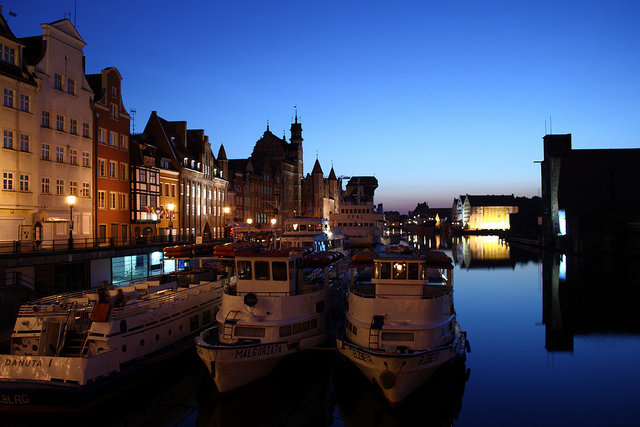
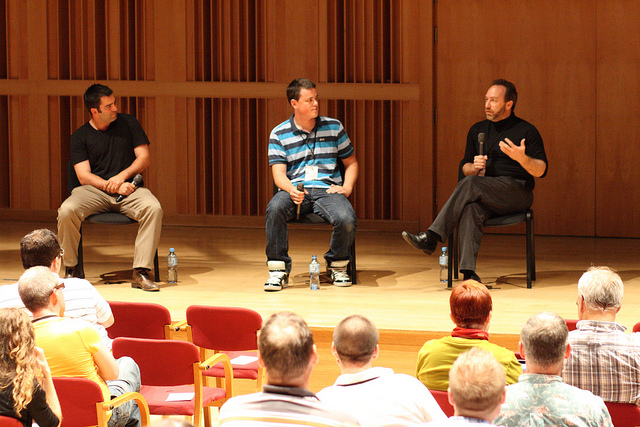
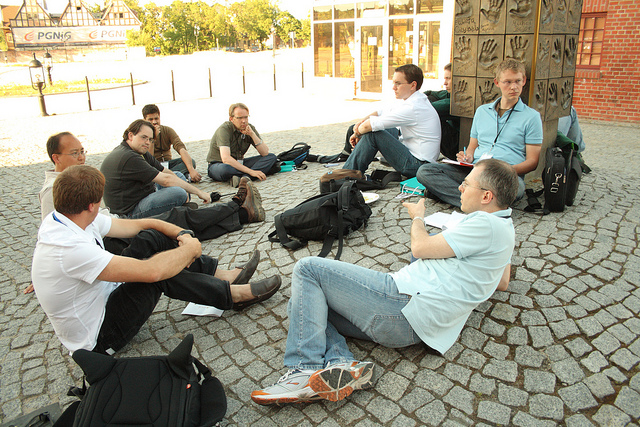
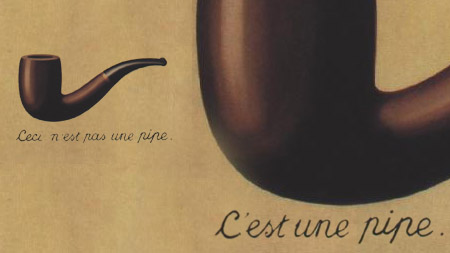 And finally, I won an eBay auction on a trio of 1929
And finally, I won an eBay auction on a trio of 1929 